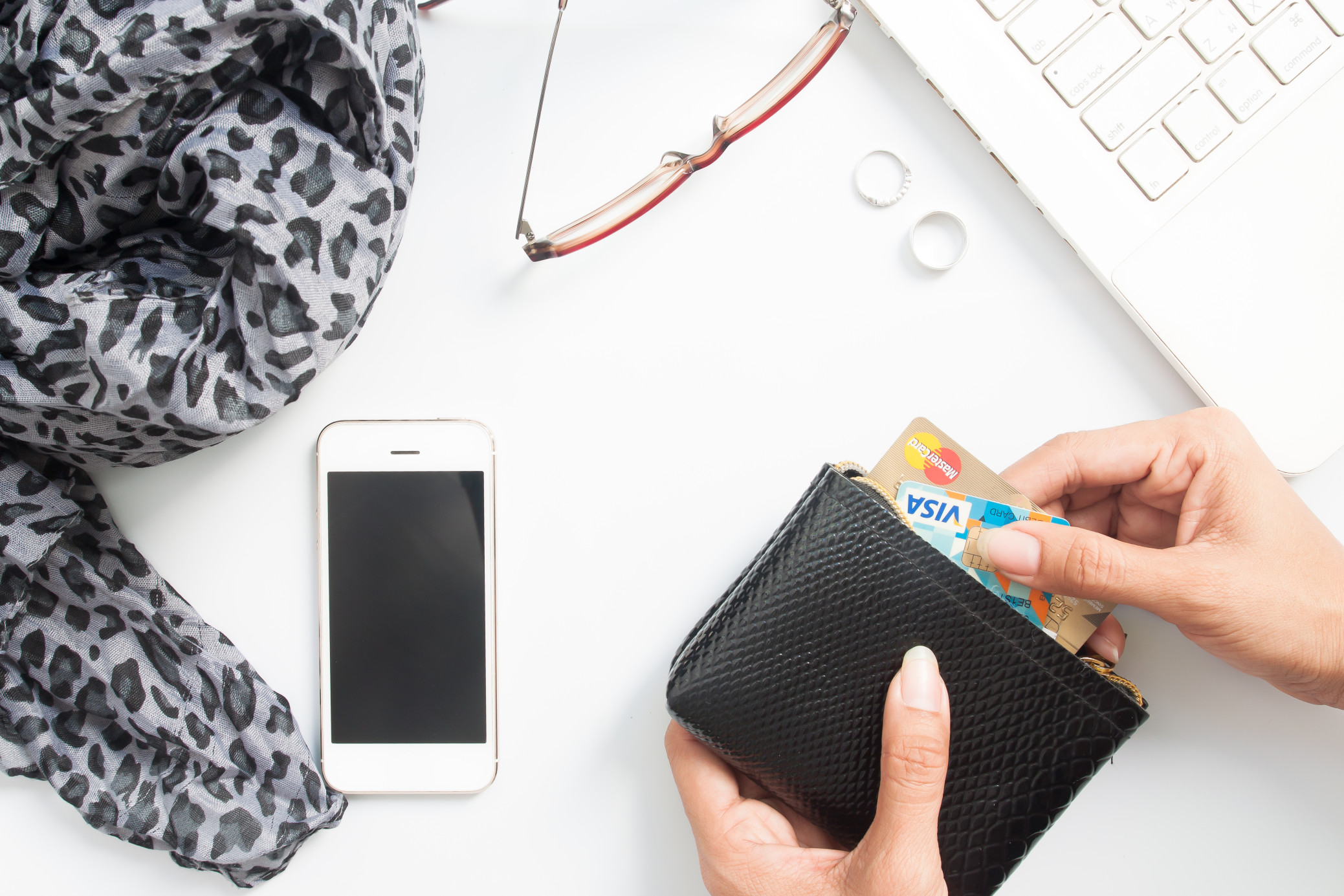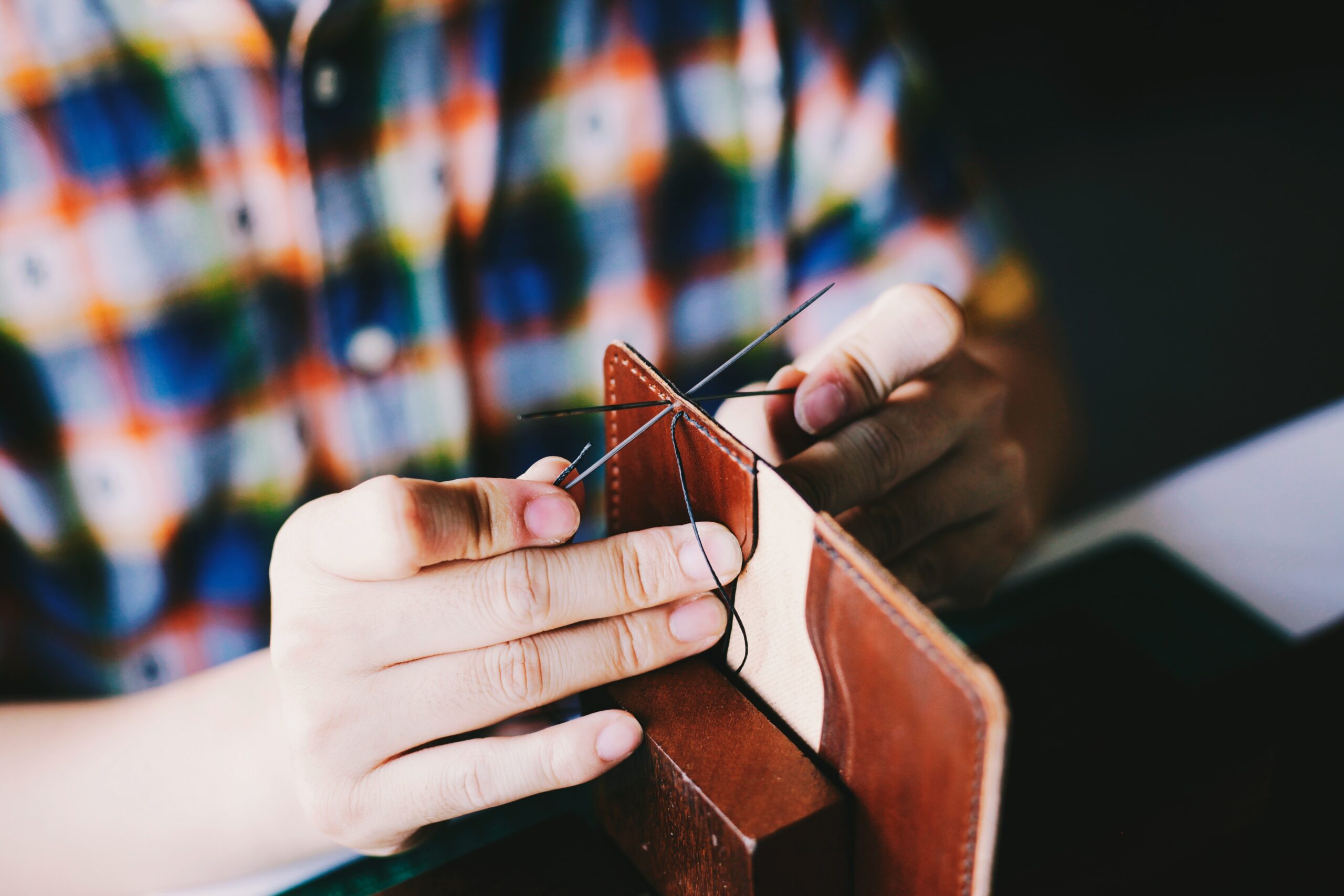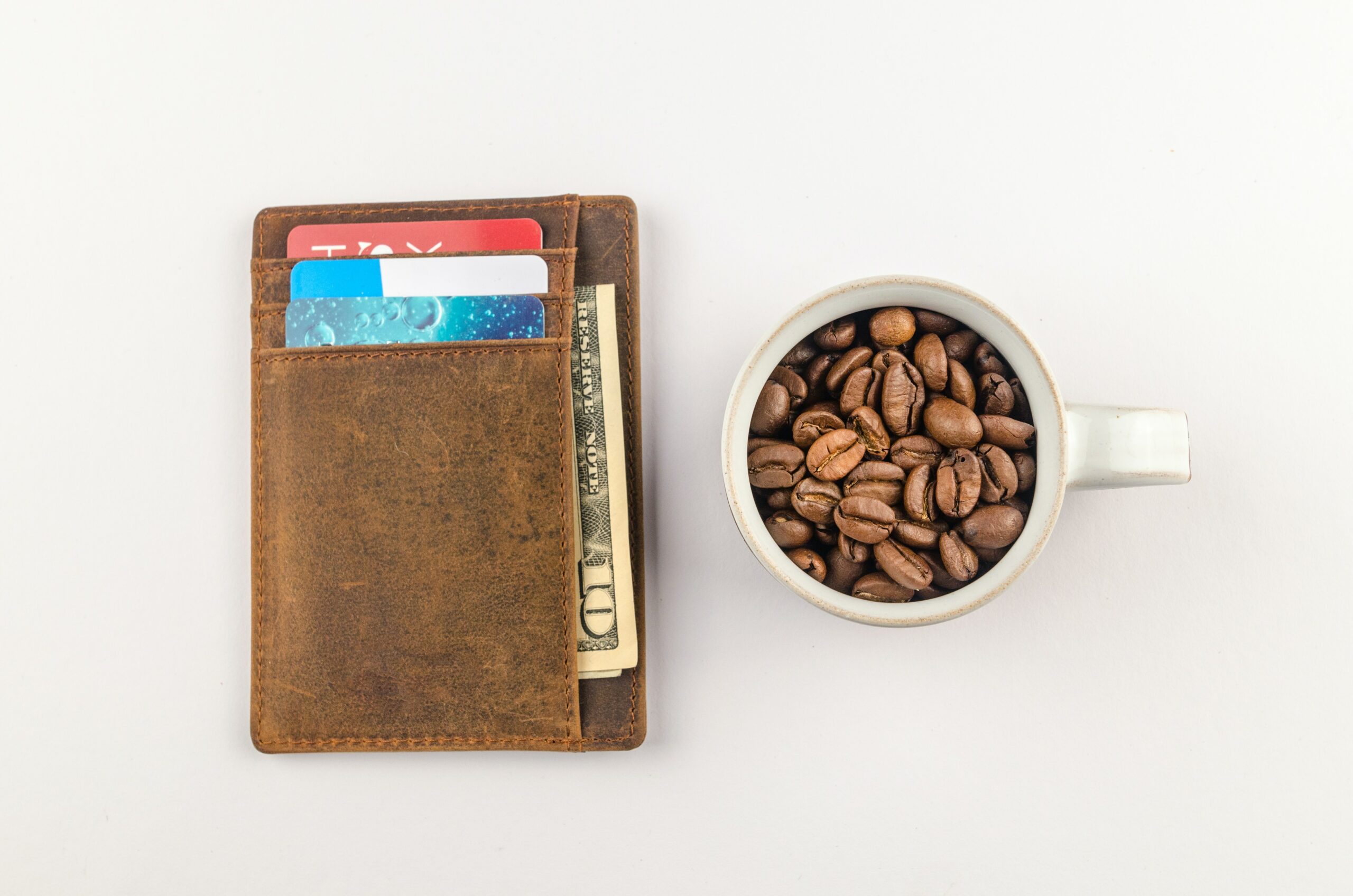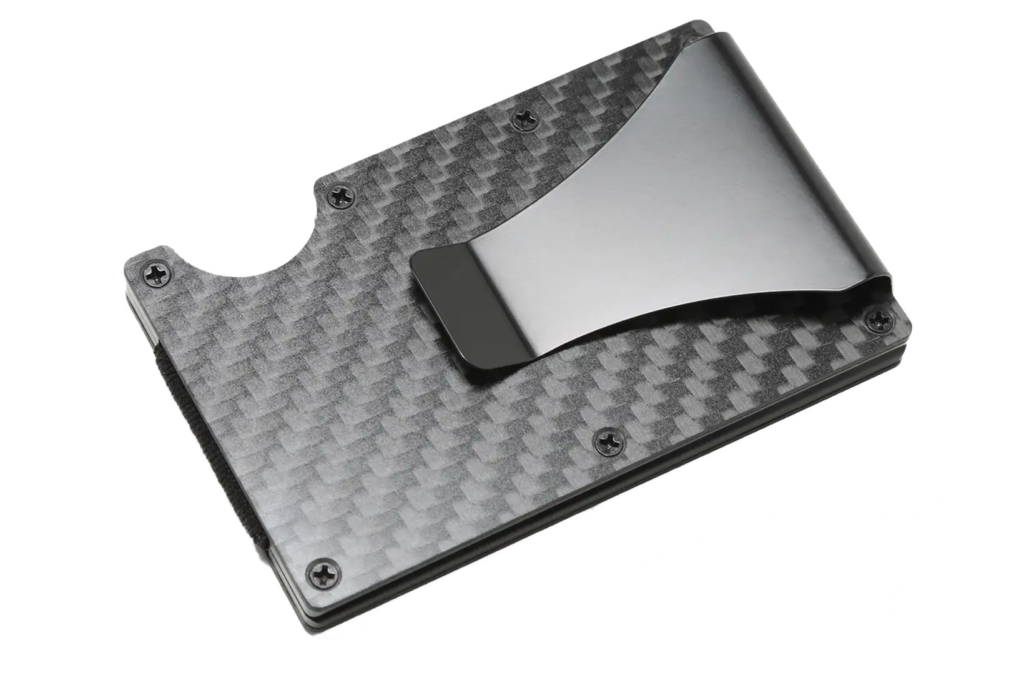Do you know how many items have RFID labels embedded in them? If you’re not sure, the answer is just about everything. From credit cards to driver’s licenses, passports, and more, our “smart” world is slowly but surely becoming more dangerous.
You probably don’t need an RFID-blocking wallet. RFID skimming crimes are extremely rare and unpractical for thieves. New RFID cards also encrypt their data so it can’t be stolen. Although if you want to be extra safe, you could consider investing in an RFID-blocking wallet for your peace of mind.
Recently, there has been an increased focus on credit card fraud and identity theft. And with this increase in security awareness, many people wonder if RFID Blocking Wallets are necessary. This article will discuss the pros and cons of having one, so you can decide whether or not it’s worth the investment.
Why You Don’t Need an RFID Blocking Wallet
If YouTube videos are to be believed, everyone who owns an RFID credit card is on the verge of being a victim of RFID skimming. Since more and more cards are RFID-enabled, this surely means that getting an RFID blocking wallet is a must, right?
Not so fast. There are several reasons why you don’t really have to worry about someone stealing your credit card information with an RFID scanner:
- RFID crimes are extremely rare. Computer security expert Roger Grimes states there have been zero crimes registered as RFID theft. These are extremely difficult to track, but two other reasons make skimming cards inconvenient for thieves.
- Second-generation RFID cards are secure. Newer RFID cards encrypt their information, making them safe against RFID skimming. If you have a second-generation RFID card, you can forget about the whole matter. If not, these crimes are even more unpractical for thieves.
- Skimming RFID cards is unpractical. As we’ve already hinted at, scanning an RDIF card is highly impractical for thieves. To start, they can be easily captured by security cameras. But the real problem is that thieves can buy credit card information cheaply on the dark corners of the internet, which makes credit card skimming a waste of time.
If you’re still uneasy about leaving your RFID cards unprotected, you can make your wallet RDIF-safe with aluminum foil and duct tape. Here’s a guide on making a DIY RFID blocker for your wallet if you’re curious.
For a lightweight, slim and minimalist wallet, try our Karbone Wallet.
How RFID Works
RFID stands for radio frequency identification. It is a technology that allows people to use cards or other devices to pay for things without swiping or inserting a card. Instead, the person holds the card near a reader, and the reader processes the payment.
RFID technology has been around for a long time, but it has only recently become widely used. RFID technology is much more secure than traditional swiping or inserting a card.
There are two types of RFID systems: active and passive. Active RFID systems require the card to be powered to work. Passive RFID systems do not require power and instead rely on the power emitted by the reader.
Most RFID wallets are passive, meaning they do not require power to work. However, some active RFID wallets on the market do require power. These wallets usually have a built-in battery that needs to be charged to work.
How RFID Blocking Wallets Work
If you are concerned about someone accessing your personal information without your permission, you may consider buying an RFID-blocking wallet. These wallets are available in various styles and can be found at most major retailers.
There are two main types of RFID blocking wallets: those with an internal shield and those with an external shield. Inner shields are made of a conductive material, such as metal, surrounding and protecting your cards. External shields are placed over your cards and block the signal emitted by the RFID chip.
Both types of RFID blocking wallets work to protect your information, but there are some advantages and disadvantages. Internal shields tend to be more effective because they surround your cards and block the signal. However, they can also be bulkier and more difficult to use. External shields are easier to use but may not provide as much protection.
How RFID Cards Are Hacked
RFID cards are embedded with a special chip that transmits your personal information wirelessly. This is convenient for contactless payments, but it also makes your data vulnerable to theft. All a criminal needs is an RFID scanner, and they can access your data without ever having to touch your card physically.
As we saw, the fact that it’s easy to do doesn’t mean it happens. To quote Roger Grimes again: “There is a huge gulf in the world of threats and risks between what can be done and what is likely to be done.”
However, it’s understandable if you still feel uneasy about it. If you’ve ever been the victim of credit card fraud, you know how frustrating it can be. You may not even know how it happened—your hard-earned money is gone suddenly.
And it’s not just credit cards—any financial information stored on an RFID card can be accessed by criminals using RFID scanners. There are a few different ways to block RFID signals, but the most popular method is an RFID-blocking wallet.
A Slim RFID Blocking Wallet
How To Know if Your Wallet Blocks RFID
Let’s suppose you want to be extra safe, or you want the peace of mind of having an RFID-blocking wallet. Here’s how to tell if your wallet blocks RFID:
- Look for a label or tag that indicates the wallet is RFID blocking.
- Check the materials the wallet is made out of. Leather and metal are good choices for RFID blocking.
- Inspect the construction of the wallet. If it has multiple layers of material, it’s likely to block RFID signals effectively.
- Ask the salesperson if the wallet is RFID blocking. They should be able to tell you if it is or not.
- Test the wallet yourself by using an RFID reader on it. If the reader can’t pick up any signal from your cards, then the wallet is effectively blocking RFID signals.
How To Pick a Good RFID Blocking Wallet
When it comes to RFID blocking wallets, there are a few things you’ll want to keep in mind.
First, consider what kind of wallet you need. If you need a basic wallet to hold your cards and cash, you can probably get away with a less expensive option. But if you’re looking for a wallet that will also protect your identity, you’ll want to make sure you choose one with excellent RFID blocking capabilities.
Here are a few tips for picking out a good RFID blocking wallet:
- Look for a wallet that has multiple layers of RFID protection. This will help ensure that your information is safe even if the wallet is compromised.
- Make sure the wallet you choose can securely hold all your cards and cash. You don’t want to worry about your information falling out of your wallet.
- Choose a style that you like. There are plenty of RFID blocking wallets on the market with various styles and designs. Pick one that fits your personality and needs.
- Decide how much you’re willing to spend. RFID blocking wallets range in price, so find one within your budget.
RFID-blocking wallets will effectively prevent the scanning function on your card or passport. They have a carbon fiber or aluminum layer that efficiently protects you from contactless attacks, making it a key selling point.
Anxiety around identity theft is understandable. An attacker could scan your cards for sensitive information, and if it gets into the wrong hands, it can be impossible to undo the damage.
However, security enhancements have been made on contactless cards to make them fraudulent resistant through installed computer chips and tiny antennae meant to broadcast information through the air to be picked up by a contactless reader. When your credit card is scanned, it uses a one-time transaction code to complete the process, and the code is heavily encrypted.
Conclusion
If you’re still unsure whether or not you need an RFID blocking wallet, consider the following: do you ever use your credit card or other forms of payment that have an RFID chip in them? Do you ever worry about someone accessing your personal information without your permission?
If you answered yes to either of these questions, an RFID blocking wallet is probably a good investment. It will give you peace of mind, but it will also protect your personal information from anyone who shouldn’t have it.







